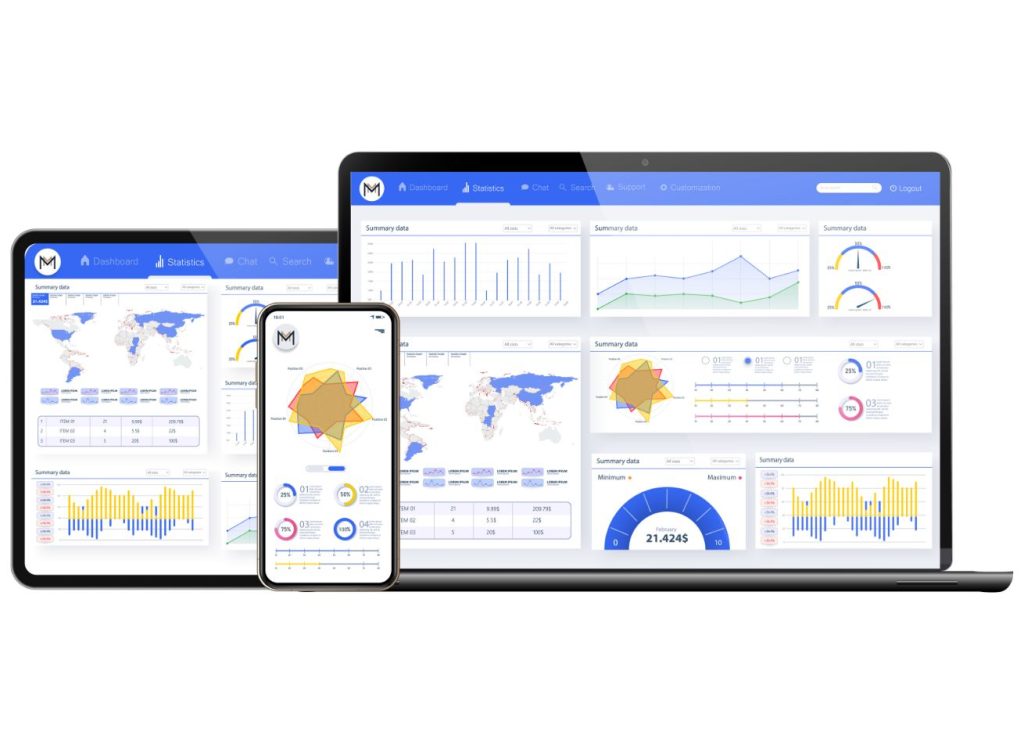A top public university sought to modernize and streamline its annual employee review process to ensure compliance with state regulations while enhancing budget oversight and managerial efficiency. With thousands of staff members across multiple departments, the university required a centralized platform that would enable directors and managers to conduct performance evaluations, allocate salary adjustments within budget constraints, and maintain multi-tiered oversight. By partnering with M2, the university implemented a tailored solution that automated performance reviews, integrated budget management, and provided real-time visibility at the department, budget center, and provost levels. This system improved operational efficiency, ensured financial accountability, and enhanced decision-making, leading to a seamless and scalable review process that the university has continued to refine with M2 for three consecutive years.
Client Challenges
Decentralized & Inefficient Employee Review Process
The university lacked a centralized system for managing annual performance evaluations, leading to:
- Disjointed review processes across multiple departments, creating administrative inefficiencies
- Limited visibility into employee evaluations, salary adjustments, and compliance with state regulations
- Challenges in ensuring consistency and fairness in performance assessments and salary decisions
Lack of Standardized Budget Oversight & Approval Workflows
Salary increases and promotions were managed independently within departments, causing:
Difficulty in ensuring departments stayed within allocated budgets
A lack of real-time visibility for higher-level administrators overseeing multiple departments
Inconsistencies in the approval process, leading to potential budget overruns and delayed decisions
Manual, Time-Consuming Tracking & Reporting
Employee performance data and budget allocations were tracked through separate, disconnected systems, resulting in:
Inefficient processes that required significant manual effort from managers and administrators
Slow decision-making due to the lack of real-time budget and performance insights
Limited scalability, making it difficult for leadership to monitor university-wide trends effectively

M2's Customized Solutions & Implementation
Solution 1
Centralized Employee Review & Budget Management System
M2 developed a streamlined, centralized platform using Smartsheet to modernize the university’s annual performance review process while ensuring compliance with state regulations. This solution provided the following:
- Unified review system that allowed managers and directors to log in to a single portal to access and update employee evaluations
- Automated budget tracking to allocate salary adjustments and promotions while maintaining department-specific financial constraints
- Integrated approval workflows enabling department heads, budget center leaders, and provost-level oversight to review and approve salary adjustments efficiently
- Role-based access and permissions ensuring the right stakeholders had visibility into relevant performance data and budget allocations
Solution 2
Multi-Tiered Budget Oversight & Compliance Management
To ensure financial accountability and alignment with state regulations, M2 designed a hierarchical review process that enabled the university to:
- Monitor and manage salary adjustments at the department level while ensuring adherence to budgetary constraints
- Enable budget center-level oversight, allowing leaders to track multiple departments and enforce financial compliance
- Implement a provost-level roll-up, providing executive leadership with real-time insights into budget allocations and university-wide salary decisions
- Enhance decision-making with real-time reporting, enabling leadership to identify trends and optimize resource allocation
Solution 3
Automated Reporting & Workflow Optimization
To reduce administrative burden and improve operational efficiency, M2 implemented the following:
- Monitor and manage salary adjustments at the department level while ensuring adherence to budgetary constraints
- Enable budget center-level oversight, allowing leaders to track multiple departments and enforce financial compliance
- Implement a provost-level roll-up, providing executive leadership with real-time insights into budget allocations and university-wide salary decisions
- Enhance decision-making with real-time reporting, enabling leadership to identify trends and optimize resource allocation
Results Achieved
Enhanced Employee Review Process & Increased Compliance
- 100% centralized visibility into employee performance reviews, ensuring consistency and compliance across all departments
- 30% reduction in administrative workload by automating review processes and eliminating manual tracking efforts
- Streamlined approval workflows, reducing delays and ensuring timely completion of evaluations and salary adjustments
Optimized Budget Management & Financial Oversight
- Improvement in budget compliance through real-time tracking of salary adjustments and promotions
- Proactive budget oversight, preventing overruns and ensuring departments stayed within allocated financial constraints
- Enhanced visibility for leadership, providing real-time insights into university-wide salary allocations and budget trends
Automated Reporting & Improved Operational Efficiency
- Eliminated manual reporting, saving managers and administrators hundreds of hours annually
- Automated notifications and alerts, reducing missed deadlines for performance reviews and salary adjustments
- Improved decision-making capabilities for university leadership, ensuring data-driven and fiscally responsible decisions
Looking to enhance efficiency, streamline workflows, and drive automation across your organization?
Contact M2 today to discover how our innovative solutions can optimize your operations, reduce manual work, and improve decision-making.










